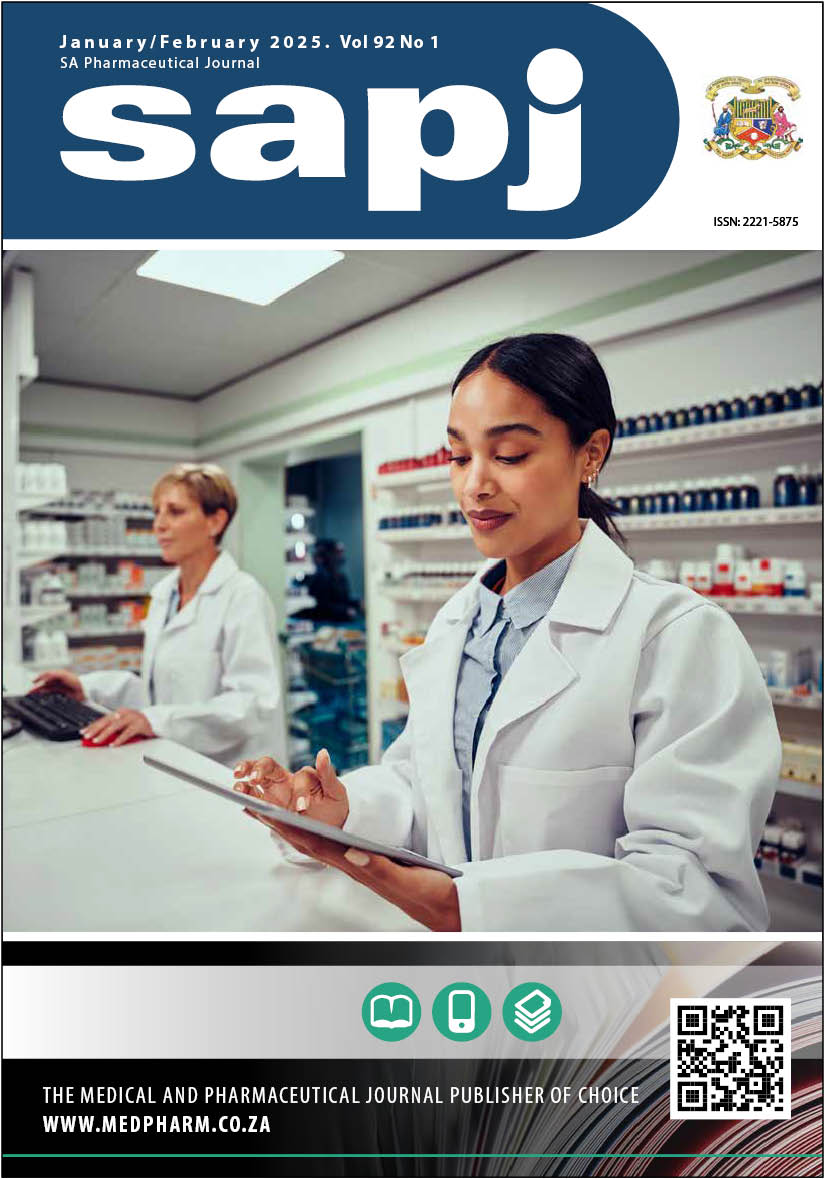The adequacy and safety of anticoagulation therapy with warfarin at the medical outpatient clinic of an academic hospital
Keywords:
anticoagulation therapy, medical outpatient clinicAbstract
Introduction: Warfarin remains the mainstay long-term oral anticoagulant in the public sector; newer agents are available only in special situations such as in cases of warfarin allergy. Regular monitoring of the international normalised ratio (INR) is the gold standard for assessing the adequacy of treatment with warfarin. INR determinations are inconvenient and expensive for patients in resource-limited settings as they involve frequent travel. Our hospital serves predominantly indigent communities who might find it hard to adhere to these regular checks, placing them at risk for the complications of over-or-under anticoagulation.
Objective: The primary purpose of the study was to determine the adequacy of anticoagulation among patients on warfarin for the prevention or treatment of various thrombo-embolic phenomena.
Study setting: The INR clinic of Dr George Mukhari Academic Hospital (DGMAH).
Study design: The study was cross-sectional and informed consent was obtained from all participants. The study consisted of both record reviews and face-to-face interviews. The Rosendaal linear interpolation method was used to determe the adequacy of anticoagulation.
Results: A total of 167 patients were studied. The mean age of the study population was 59.2 ± 15.30. The most common indication for anticoagulation was venous thrombo-embolism. In total, only 54 patients (32.4%) were adequately anticoagulated at the time of this assessment (TTR > 60%). The rate of thrombo-embolic events was 2.96 per 100 patient-years, while the rate of bleeding was 6.95 per 100 patient-years.
Conclusion: Most patients were sub-optimally anticoagulated. A few suffered complications related to both inadequate anticoagulation and over-anticoagulation. Additional studies of this nature are required as they may help inform the discussions between healthcare providers and funders about the necessity of access to alternative anticoagulants for appropriate patient groups.

